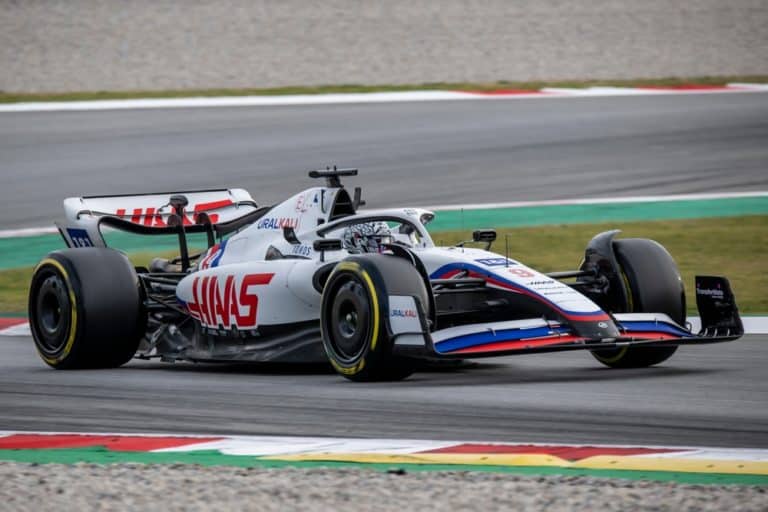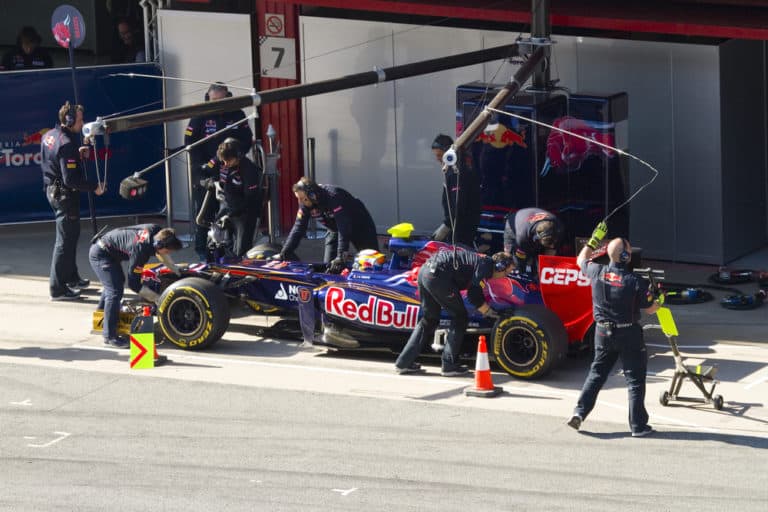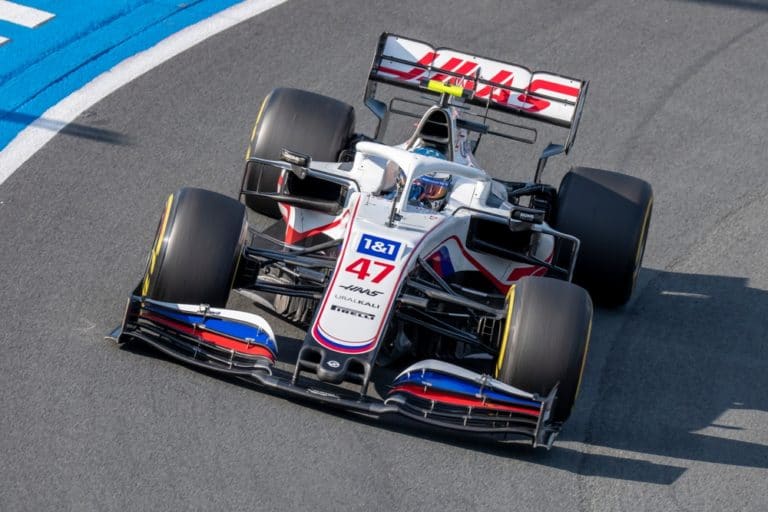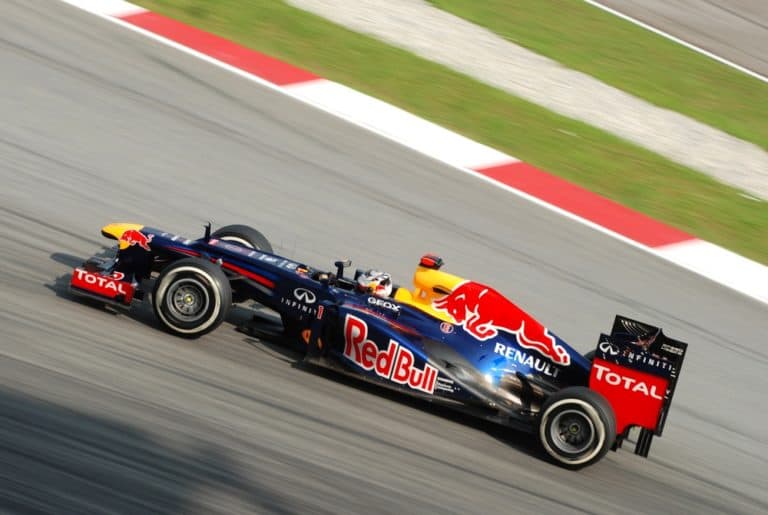Image editorial credit: motorsports Photographer / Shutterstock.com
Formula 1 is a constantly evolving sport, where innovation and improvement are the hallmarks of the category. Formula 1 has ambitious plans for the future that align with today’s changing worldview and mobility, which means there will be significant changes in the coming years. So, what will F1 look like in 2030?
Formula 1 is committed to becoming Net Zero Carbon by 2030, which means, among other things, developing 100% sustainable fuels, improving and optimizing transportation and travel logistics, and using reusable materials. In this way, the aim is to achieve zero emissions by the end of the decade.
Thus, Formula 1 is searching for a more sustainable and environmentally friendly category whose technology can be implemented in road cars. This will be coupled with the natural changes in teams and drivers. Without further ado, let’s look at the changes that will take place in F1 between now and 2030.
1. F1 Net Zero Carbon By 2030 Target
By 2030, Formula 1 aims to achieve zero emissions. This is not the same as no emissions, but rather no new emissions.
This will be achieved by capturing the CO2 that is currently in the atmosphere and using it to develop the fuel, which, when burned, will produce that CO2. This way, the overall computation will be that CO2 is neither increased nor reduced.
This would be in the car section, but Formula 1 plans to reduce the carbon footprint in all aspects, such as logistics, materials, travel, and renewable energies, which we will look at later.
2. 100% Sustainable Fuel
For some years now, Formula 1 has been working on the development of sustainable fuels. In 2019, the minimum of biocomponents that fuels had to carry was 5.75%, increasing over time.
In 2022, fuels carried 10% ethanol in their composition, and the goal is that by 2026, 100% sustainable fuel will be used in the new power units that will come into force from that year onwards.
3. New Generation Hybrid Engines
The last major breakthrough in Formula 1 was the introduction of hybrid engines in 2014, whose technologies have been applied to the automotive world. It was a revolutionary change that completely transformed engines from 2.4-liter naturally aspirated V8 engines to 1.6-liter turbo hybrid V6 engines.
Their evolution since then has produced the fastest and most efficient engines in the world, but Formula 1 does not want to stop innovating, and by 2026, there will be major changes in terms of engines. These are the main changes:
- Eliminating the MGU-H, which is the engine generator associated with the turbo, is very costly and difficult to optimize.
- Increased MGU-K power up to 350 kilowatts instead of 120 kilowatts.
- Dispense with MGK-H.
- Simpler and more economical thermal engine and budget ceiling for engine development.
Thus, the aim is to simplify the engines so that their production cost is lower, with greater importance on the electric engine than at present, although there are still many question marks in this respect.
4. More Efficient Calendar & Grand Prix
One of the main points for 2030 is the reorganization of the competition calendar, which will follow criteria of geographical proximity to group the races closer. In this way, there will no longer be such incomprehensible jumps from one race to another as today, for example, going from Azerbaijan to Miami and then back to Italy.
With this, the FIA is committed to reducing emissions in the purely sporting aspect and everything related to logistics and transportation, both for teams and fans, which emits the most emissions. This also concerns offices and factories, significantly reducing the category’s total emissions.
Likewise, recycling will be promoted at the events, and each waste product will go to a specific container and green areas in the circuits so that the plants capture the CO2 emitted in the circuits and collaborate with the net zero carbon.
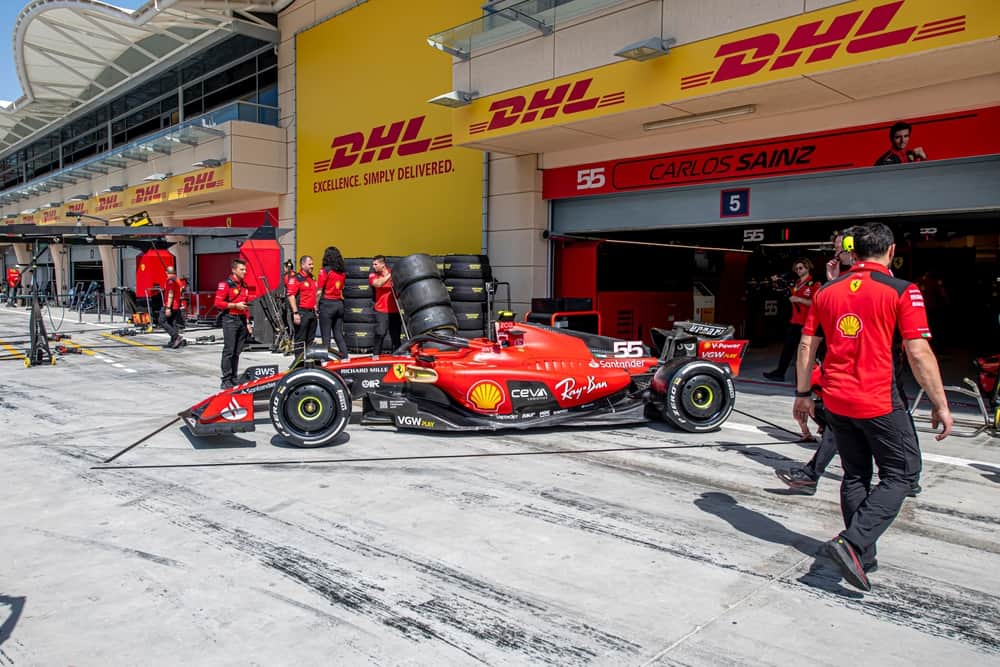
5. The Arrival Of New Teams
With the sustainable and ecological changes that Formula 1 seeks to achieve, the category will be the reference in innovation and efficiency and whose technology can be applied to road cars.
This has so far attracted the attention of new constructors such as Porsche, Audi, and Cadillac, as they believe participating in the category would benefit their brands. Audi has already confirmed its participation in 2026, and new teams are expected to join Formula 1 in the coming years.
6. New Race Venues
Since Liberty Media took over the rights to Formula 1 in 2017, the company has been trying to turn the category into a global sport beyond Europe. Among other measures, it has been including new races in various parts of the world, such as Las Vegas, Jeddah, and Qatar.
Thus, without neglecting Europe and keeping at least 7 or 8 races on the calendar, Liberty Media will expand the race venues, not only in number but in various locations, taking into account emerging markets and calendar efficiency. More races are expected in Asia, Africa, and the Americas.
7. New Generation Of Drivers
Naturally, the older Formula 1 drivers will retire, while promising young drivers will gradually take their seats. Thus, in 2030, drivers such as Fernando Alonso, Lewis Hamilton, or Valtteri Bottas will no longer be around. Max Verstappen, Charles Leclerc, Lando Norris, and George Russell will be some of the most experienced drivers.
We will also see the faces of the new generations of drivers currently racing in Formula 2, Formula 3, other lower categories, or even karting. Drivers such as Victor Martins, Andrea Kimi Antonelli, or Rafael Câmara have great chances to be in Formula 1 in 2030. It’s all a matter of time.
Conclusion
Formula 1 has always been characterized by innovation and the development of new technologies. By 2030, significant changes are expected in terms of sustainability and efficiency, with the net zero carbon target.
This goal is achieved through more efficient engines and 100% sustainable fuel, more efficient scheduling and logistics, and more sustainable events.
References
- https://www.formula1.com/en/latest/article.f1-continues-push-to-hit-net-zero-carbon-by-2030-target.7fGtPCNCwOnMFFt9Ys1HAa.html
- https://es.motorsport.com/f1/news/formula1-objetivo-cero-emisiones-2030-medidas-biocombustible/10329063/
- https://soymotor.com/blogs/rblancafort/los-motores-de-f1-de-2026-miran-al-futuro-del-automovil-aunque-no-lo-parezca
- https://www.youtube.com/watch?v=4mbiRig_aU8
- https://economiasustentable.com/noticias/net-zero-2030-asi-sera-el-nuevo-plan-sustentable-de-la-formula-1


